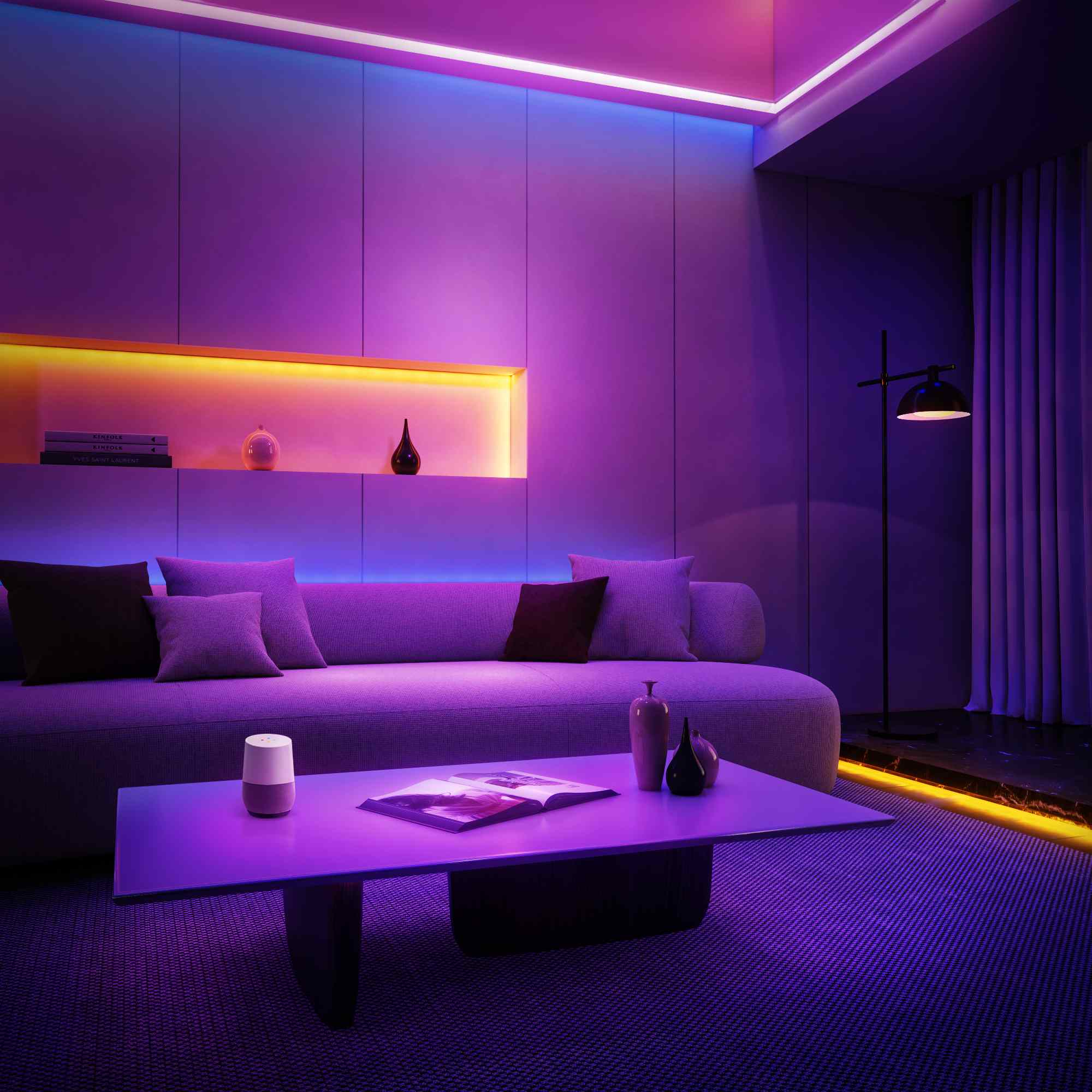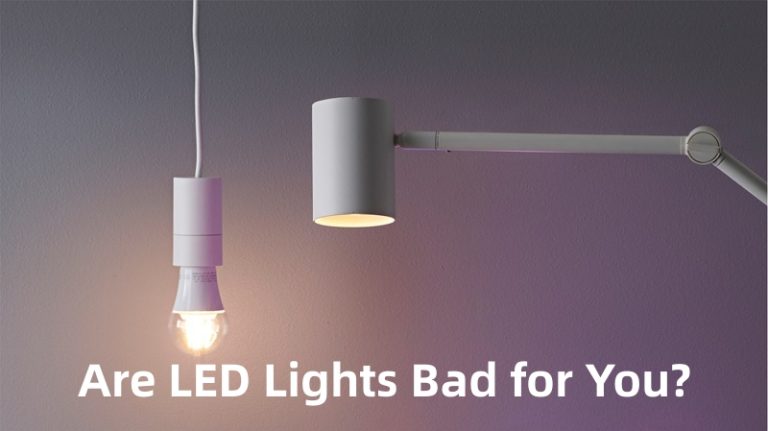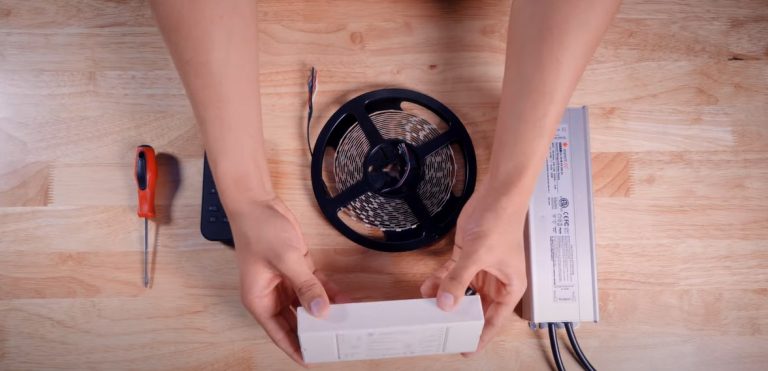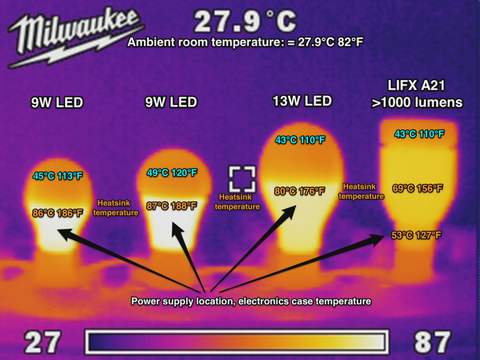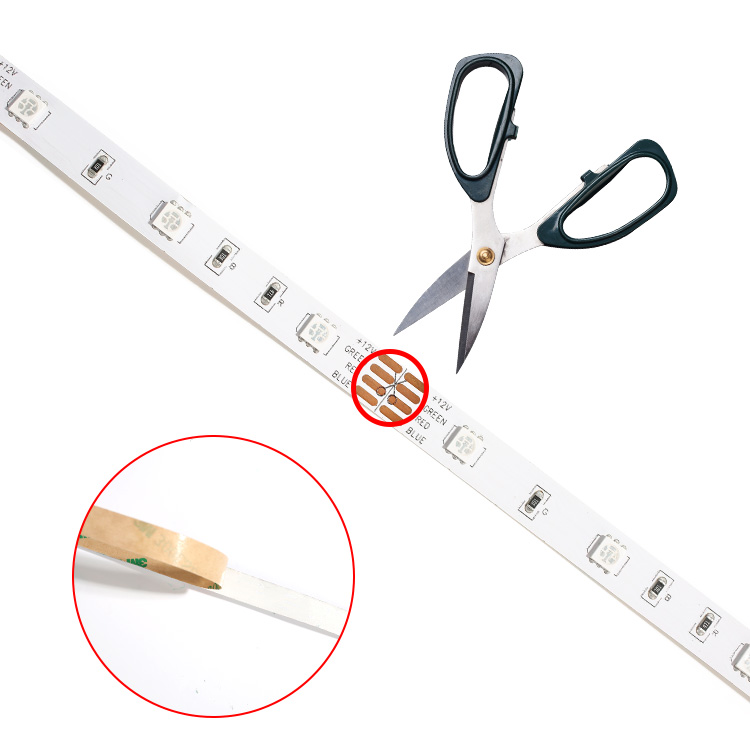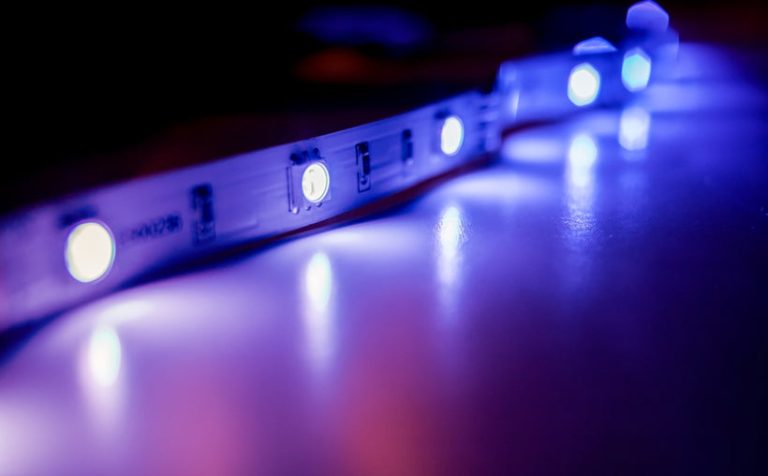How to Set Up LED Lights in Room: Expert Guide
Imagine walking into a room that instantly lifts your mood, sparks creativity, and creates a cozy ambiance all at once. This isn’t just a fantasy—it’s the magic of LED lights.
Whether you want to create a relaxing sanctuary in your bedroom or a vibrant workspace, LED lights can transform any space effortlessly. But how do you set them up for the best effect? If you’ve ever found yourself tangled in wires or unsure of where to start, you’re not alone.
This guide is here to make the process simple and fun. By the end of this article, you’ll know exactly how to set up LED lights in your room, making it a space you love to spend time in. Keep reading to unlock the secrets of lighting that can change not just your room, but how you feel when you’re in it.
How to Set Up LED Lights in Room?
Choosing The Right Led Lights
Setting up LED lights in your room can create a cozy atmosphere. Choose lights with the right brightness and color. Place them strategically to highlight areas like your desk or bed for a warm, inviting feel.
Choosing the right LED lights for your room is crucial for achieving the perfect ambiance and functionality. Whether you want a cozy atmosphere or bright illumination for tasks, selecting the correct LEDs can transform your space dramatically. With endless options available, how do you decide which ones suit your needs best?
Understanding Led Light Types
LED lights come in various types, such as bulbs, strips, and panels. Bulbs are perfect for general lighting. Strips are flexible, allowing creative placements around furniture or under cabinets. Panels provide uniform illumination, ideal for study areas. Each type offers distinct advantages, helping you customize the lighting to your preference.
Assessing Brightness And Color Temperature
Brightness is measured in lumens. More lumens mean brighter light. Consider how much light you need for the room. Color temperature affects the mood. Warm tones are relaxing, while cool tones are energizing. Think about the activities you’ll do in the room and choose accordingly.
Energy Efficiency And Longevity
LEDs are known for energy efficiency and long lifespan. This means lower electricity bills and fewer replacements. Look for lights with Energy Star ratings. They ensure you’re getting the best performance. Investing in quality LEDs saves money and effort over time.
Smart Led Options
Smart LEDs offer convenience and customization. You can control them via apps or voice assistants. Change colors, set schedules, or dim them remotely. This adds a modern touch to your room. Imagine adjusting the lights without leaving your bed!
Consideration Of Personal Preferences
Ultimately, your choice should reflect your style. Do you prefer vibrant colors or subtle shades? Is your room’s design contemporary or classic? Your lighting should complement these aspects. Think about how you want to feel in your space.
Choosing the right LED lights involves more than picking the first option you see. Each choice impacts the room’s atmosphere and functionality. What’s your vision for your space?

Credit: m.youtube.com
Tools And Materials Needed
Setting up LED lights requires a few essential tools and materials. Gather LED strips, an adhesive, a power supply, and a connector kit. These items ensure a smooth installation process.
Setting up LED lights in your room can transform the atmosphere and add a touch of style to your space. Whether you’re aiming for a cozy vibe or a vibrant party setting, knowing the right tools and materials is crucial. Proper preparation ensures a smooth installation process and helps you avoid any unnecessary frustrations. Let’s dive into what you’ll need to get started.
Tools You’ll Need
First, gather a few essential tools. A measuring tape is crucial for determining the length of LED strips required for your room. It’s surprising how easy it is to underestimate the space.
Next, grab a pair of scissors or a utility knife. You’ll need these to cut the LED strips to the perfect length. Be careful and precise; you don’t want to waste any material.
A screwdriver may also come in handy, especially if you’re installing brackets or other fixtures. It’s better to have it ready than to scramble mid-installation.
Materials Needed
Start with the LED lights themselves. Choose strips that suit your mood and purpose. Some offer customizable colors, while others provide a steady glow.
You’ll also need adhesive tape or mounting brackets. These keep your LED strips in place. Make sure your choice complements the surface you’re working with.
A power adapter is essential. Most LED strips need this to connect to your outlet. Check the voltage compatibility to avoid any mishaps.
Optional Accessories
Consider adding a remote control for convenience. Changing colors and settings without moving is a luxury worth having.
LED connectors are great if you’re joining several strips together. They ensure a seamless connection and maintain the flow of light.
Think about smart home integration. Some LED systems connect with apps, allowing control via your phone or voice commands.
Choosing the right tools and materials can make or break your LED light setup. Have you ever started a project only to realize you’re missing something essential? Preparation is key to avoiding this frustration.
Planning The Layout
Planning the layout is crucial for setting up LED lights in your room. It ensures you achieve the desired ambiance and functionality. A well-thought-out plan avoids clutter and maximizes lighting efficiency. This section guides you through the essential steps.
Understand Your Lighting Needs
Identify the areas in your room that need lighting. Consider tasks you perform in each area. This helps decide the type of LED lights required. Areas like reading nooks need bright light.
Measure The Space
Measure the dimensions of your room. Note the height of walls and ceilings. Accurate measurements help in choosing the correct length of LED strips. It prevents the need for extensions or cuts.
Choose The Light Type
LED lights come in various types. Consider strip lights, bulbs, or panels. Strip lights are flexible and easy to hide. Bulbs offer focused lighting for specific tasks.
Decide On Color And Temperature
Choose the color and temperature of your lights. Warm colors create a cozy atmosphere. Cool colors enhance focus and alertness. Think about the mood you want in each room area.
Plan The Power Source
Identify power outlets in your room. Ensure easy access to power sources. Consider using extension cords if needed. Keep safety in mind when planning.
Sketch A Layout
Draw a simple sketch of your room layout. Mark where each light will be placed. A visual guide helps during installation. Adjust the plan if you find any issues.

Credit: www.superbrightleds.com
Installation Process
Setting up LED lights in your room can transform the space. It’s a fun project that enhances ambiance and style. With the right tools and steps, installation is straightforward. This guide will help you set up LED lights efficiently.
1. Choose the Right LED Lights
First, pick LED lights that fit your room’s design. Consider color, brightness, and length. Ensure they suit the room’s decor and meet your lighting needs.
2. Gather Necessary Tools
Gather all the tools before you start. You’ll need a tape measure, scissors, and a ladder. Also, have adhesive strips or clips ready.
3. Measure and Plan the Layout
Measure the area where you’ll install the lights. Plan the layout carefully. This ensures you use the correct length of LED strips.
4. Prepare the Surface
Clean the surface where you’ll attach the lights. Remove dust and grime. A clean surface ensures better adhesion.
5. Attach the LED Strips
Peel the backing off the LED strip. Stick it firmly to the surface. Use clips for added security if needed.
6. Connect the Power Source
Connect the LED strip to a power source. Ensure the connection is secure. Test the lights to see if they work properly.
7. Secure Loose Ends
Secure any loose ends of the strip. Tuck them away neatly. This gives a tidy and finished look.
8. Adjust and Enjoy
Adjust the light settings to your preference. Use a remote if available. Enjoy the new ambiance in your room.
Enhancing Ambiance With Led Lights
LED lights can transform a room’s ambiance with ease. Their versatility allows for countless creative possibilities. Whether for a cozy bedroom or a lively living area, LED lights enhance the mood. With various colors and settings, they offer a simple way to personalize your space. Understanding how to set them up can make a big difference in your home’s atmosphere.
How To Choose The Right Led Lights
Consider the room’s purpose before selecting LED lights. A bedroom may need soft, warm tones. A workspace might benefit from bright, focused lighting. Think about the mood you want to create. LED strip lights are great for adding color. They can be placed under shelves or along walls. LED bulbs, on the other hand, fit standard fixtures and are more direct.
Placement For Maximum Effect
Strategic placement is key for enhancing ambiance. Place LED strips along the ceiling for a modern look. Use them behind furniture for a soft glow effect. Highlight architectural features with accent lighting. This adds depth and interest to the room. Try placing lights behind a TV for a cinematic feel. Under-cabinet lights in kitchens can provide both style and function.
Setting Up Smart Controls
Smart controls offer convenience and customization. Connect LED lights to a smart home system for easy control. Adjust brightness and color using a smartphone app. Set timers for lights to turn on or off automatically. Voice assistants can also control LED lights. This makes changing settings quick and easy. Creating the perfect ambiance is just a voice command away.
Experiment With Color And Intensity
LED lights come in various colors and intensities. Experiment to find what suits your room best. Soft whites can create a relaxing environment. Bright colors can energize a space. Dimmable LEDs allow for flexible lighting options. Adjust them for different times of day. Play with colors to match your mood or decor.

Credit: www.youtube.com
Frequently Asked Questions
How To Arrange Led Lights In Bedroom?
Position LED strips along ceiling edges for ambient lighting. Highlight artwork or shelves with accent LED lights. Place lamps with LED bulbs beside the bed for reading. Use dimmable LED lights for adjustable brightness. Install LED lights under the bed for a modern touch.
How To Set Up Led Lights Step By Step?
1. Gather necessary tools and LED lights. 2. Turn off power supply. 3. Mount LED lights securely. 4. Connect wires to power source. 5. Turn on power and test the lights.
Where Do I Put Led Lights In My Room?
Place LED lights around the ceiling for ambient lighting. Use strips under shelves or cabinets. Highlight artwork or mirrors with spotlights. Illuminate corners or darker areas with floor lamps. Add LED strips behind furniture for a modern look. Ensure proper installation and safety.
How Many Led Lights For A 12×12 Room?
For a 12×12 room, use 8 to 12 LED lights, depending on brightness preference. Choose 9-watt LEDs for optimal illumination. Adjust the number based on natural light availability and desired ambiance. Ensure even distribution for balanced lighting.
How Do I Choose The Right Led Lights For My Room?
Consider brightness, color temperature, and size. Match them with your room’s style. Check energy efficiency ratings.
Conclusion
Setting up LED lights in your room can transform the space. They offer brightness and mood customization. Remember to plan your design before installation. Choose colors that match your style. Test different setups to find what feels best. Use guides to ensure proper installation and safety.
Adjust lighting for different occasions and activities. Enjoy the cozy atmosphere your new LED lights create. Your room can now reflect your personality. It’s easy and fun to experiment with lighting changes. Happy decorating and enjoy your refreshed space!

